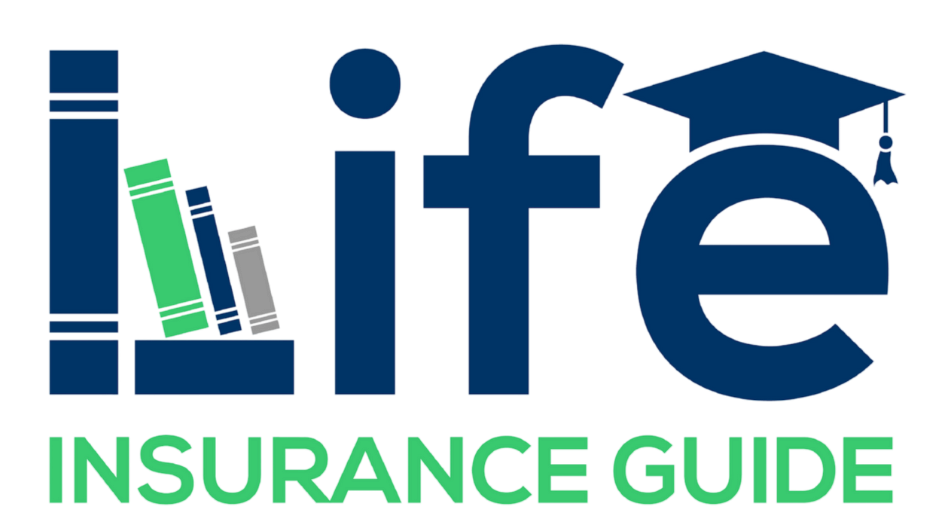Life and Total and Permanent Disability (TPD) insurance play a central role in protecting your family’s financial wellbeing if something happens to you.
These covers are designed to help clear debts, replace lost income, and maintain financial stability when life changes unexpectedly.
While the specific amounts vary from person to person, there are common factors to consider that can help guide your thinking.
Why Life and TPD Insurance Matter
Both Life and TPD insurance are about more than a lump sum – they’re about ensuring your family can continue their lifestyle and meet key expenses even if you’re no longer earning.
Here’s what each is designed for:
- Life Insurance provides a lump sum payment if you pass away or are diagnosed with a terminal illness. It supports your family’s ongoing financial needs and future goals.
- TPD Insurance pays a lump sum if you become permanently disabled and unable to work again. It can help you adapt, recover, and maintain financial independence.
The proceeds from these policies are often used to:
- Clear home loans and personal debts.
- Replace lost household income.
- Cover education and living costs for children.
- Support medical, rehabilitation, or home adjustment needs.
- Build a reserve for future expenses or long-term care.
Understanding the Link Between Life and TPD Cover
Because Life and TPD insurance cover many of the same needs, it’s not uncommon for the amounts to be similar. Both typically include:
- Debt clearance.
- Income replacement for dependants.
- Funding for ongoing living costs.
However, if you have Income Protection cover, your TPD amount might be lower, since part of your income loss may already be covered through regular benefit payments. In that case, TPD can be treated as a long-term safety net once income protection benefits stop – in addition to covering debt clearance and other expenses not catered for by income protection.
How Much Cover Do You Need?
There’s no single “correct” amount – your cover should reflect your family’s financial commitments, dependants, and goals.
When estimating your Life and TPD needs, it helps to think in terms of these categories:
- Debt clearance – enough to pay off your mortgage, loans, and credit cards.
- Income for your spouse or partner – an amount that supports their income needs over time, such as 50–75% of your household income (after allowing for debt clearance and any existing assets).
- Support for children – ongoing living and schooling costs until they reach independence.
- Final expenses – funeral, legal, and short-term adjustment costs.
- Medical or rehabilitation needs – especially relevant for TPD claims.
- Existing assets or cover – offset amounts already available through superannuation or other policies.
Example Worksheet
| Area | Include? | Allowance ($) |
|---|---|---|
| Home Loan / Debts | ☐ | $ |
| Income for Partner | ☐ | $ _____ /year for _____ years |
| Child Support / Education | ☐ | $ _____ /year for _____ years |
| Final Expenses | ☐ | $ |
| Medical / Rehabilitation | ☐ | $ |
| Other | ☐ | $ |
| Estimated Total Cover | $ |
Key Considerations in Your Calculation
When thinking about the numbers, a few factors can significantly influence the outcome:
- Debt and income are linked – if debts are fully cleared by insurance, the ongoing income required to support the household may reduce.
- Children’s needs affect duration – if you’re setting aside funds specifically for dependants or education, that amount can reduce what’s needed for broader income support.
- Superannuation balances matter – for longer-term coverage, existing super can play a role, but may be best left untouched to preserve retirement outcomes.
- Retirement planning horizon – some people plan to provide income up to a certain age (such as 65), expecting super or investments to take over thereafter.
- Inflation and lifestyle changes – over time, costs will change, so revisiting cover levels regularly helps keep your plan relevant.
Making Sense of the Results
When you complete the worksheet or the Life Insurance Needs Calculator, you’ll see separate results for:
- Life Insurance Need – typically the full amount needed to clear debts and replace income.
- TPD Insurance Need – usually similar to Life cover but can be adjusted if you have income protection or existing assets.
- Shortfall – the difference between what you need and what you already have through superannuation or other cover.
Your adviser can help you review these amounts and consider ownership, tax structure, and how the cover works within your broader plan.
Bringing It Together
Life and TPD cover form the backbone of family protection.
While calculators and worksheets can give a clear starting point, your adviser can help you refine the details – such as ownership options, integration with super, and balancing your cover between Life, TPD, Trauma, and Income Protection.
Protecting your family’s financial future isn’t about predicting the worst – it’s about ensuring stability and choice, whatever life brings.
General Information
This article and table are intended as a general guide to help you think about potential Life and TPD cover needs.
Individual circumstances, health conditions, and costs vary widely, and any estimates should be used as discussion starters rather than advice.
Always check your insurer’s Product Disclosure Statement (PDS) for definitions, conditions, and exclusions, and speak with your adviser for guidance tailored to your situation.




